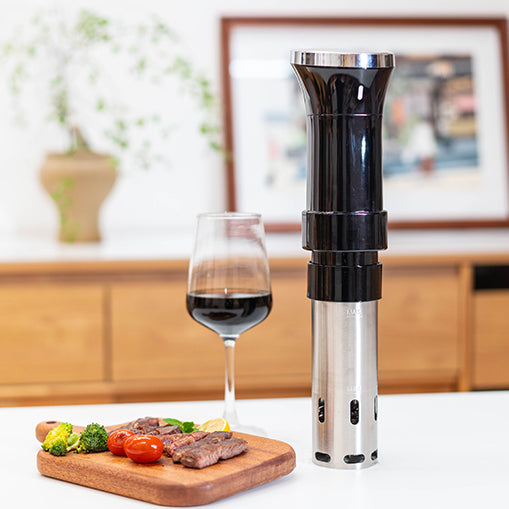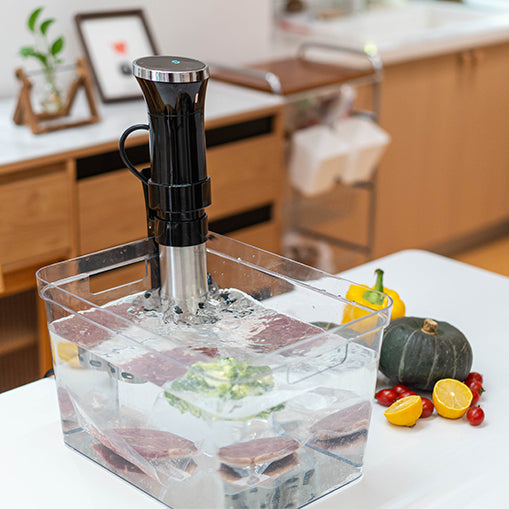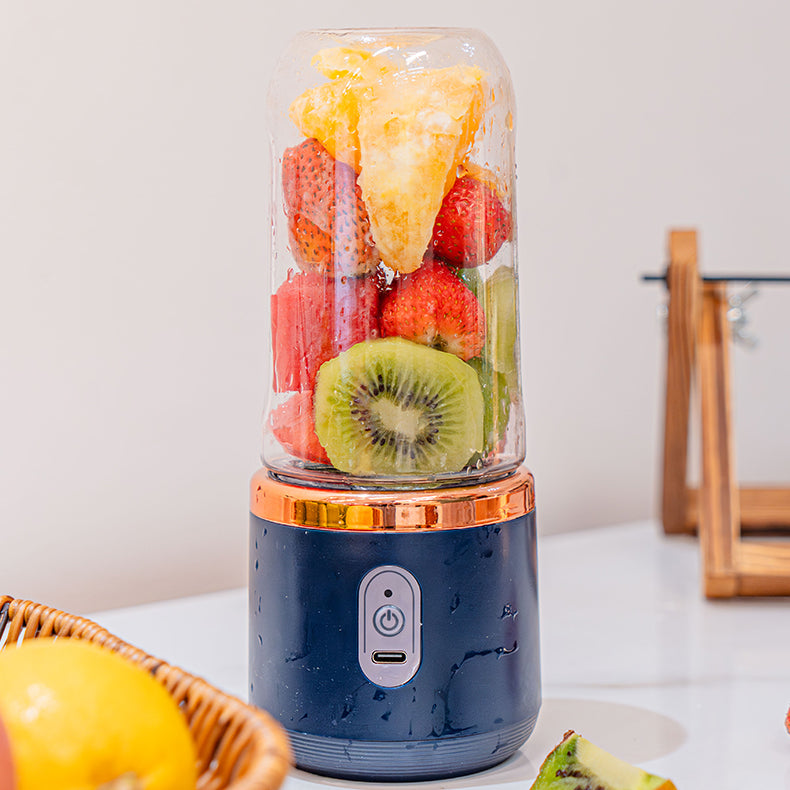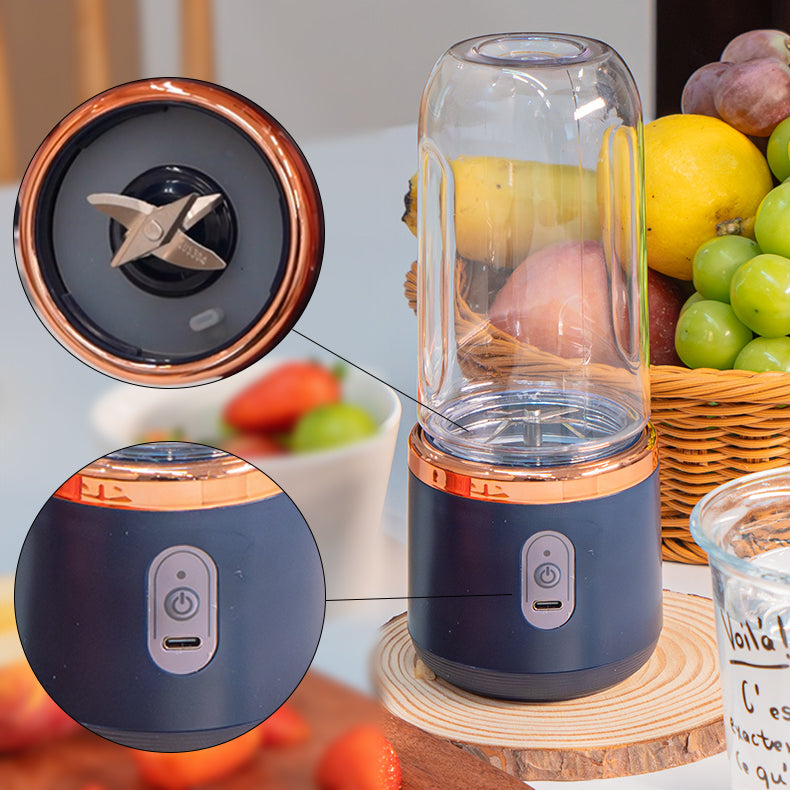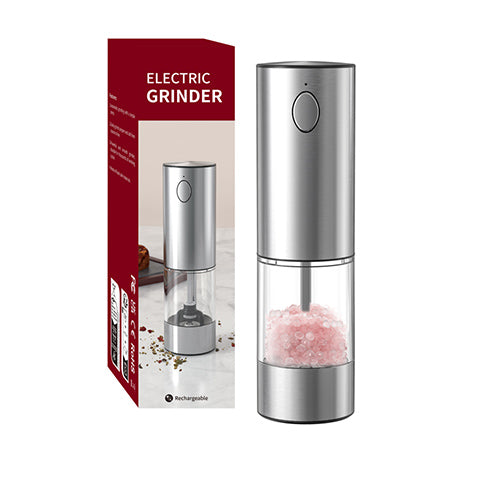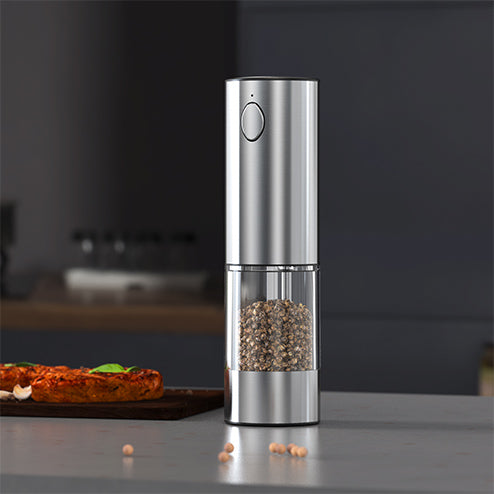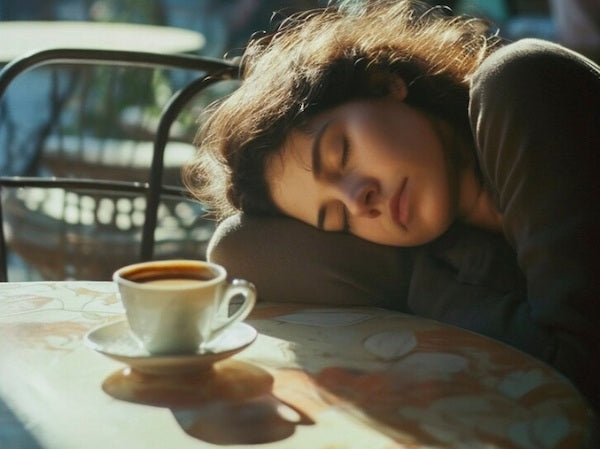When it comes to brewing coffee at home, the debate about using an espresso vs coffee machine is common among coffee enthusiasts. Each method has its own unique process, results, and flavors. This guide will dive deep into the difference between espresso machine and coffee machine, helping you decide which is the best fit for your coffee preferences and lifestyle. Without further ado, let’s get started!

What Are Coffee Makers?
Coffee makers are a staple in many homes and workplaces, offering a convenient way to brew rich, aromatic coffee. These devices vary widely in design, functionality, and the type of coffee they produce, catering to diverse preferences and lifestyles.
Types of Coffee Makers (Drip, Percolators, Pour-overs)
- Drip Coffee Makers: These are among the most common and user-friendly types of coffee makers. Drip machines brew coffee by heating water and evenly distributing it over coffee grounds. They are great for making multiple cups at once and can be programmed to brew coffee at a set time.
- Percolators: Known for producing robust and often stronger coffee, percolators brew by continuously cycling boiling or near-boiling brew through the coffee grounds using gravity or pressure. They are perfect for those who enjoy a more intense flavor.
- Pour-over Coffee Makers: Offering manual control over brewing time and temperature, pour-over methods require pouring hot water over coffee grounds in a filter. The water then flows through the coffee, absorbing its flavors and aromas. This type is favored by coffee enthusiasts who appreciate a more hands-on brewing process to refine the taste.
How Coffee Makers Work (Gravity-based Brewing)
In most coffee makers, water is heated in a reservoir where it reaches near-boiling temperatures. The hot water is then evenly dispersed over a bed of coffee grounds. This can be done via a shower head-like spout in drip machines or directly poured in pour-over setups.
Utilizing gravity, the water then seeps through the grounds, extracting oils and essences as it passes through a filter. The resulting brewed coffee drips into a pot or carafe below, ready to be enjoyed.
What Are Espresso Machines?
Espresso machines are specialized devices designed for coffee enthusiasts who crave a rich, robust espresso. These machines, vital in coffee shops and increasingly popular in homes, offer a sophisticated coffee brewing experience. They vary significantly in functionality and design, providing options for both novices and seasoned baristas.

The SCHWUA Espresso Machine is a standout example in this category. It combines high-performance features such as 20 BAR pressure extraction, which ensures maximum flavor extraction, with precise temperature controls for consistent brewing. Additionally, its professional-grade steam wand lets users craft everything from velvety cappuccinos to luxurious lattes.
Types of Espresso Machines (Semi-automatic, Super-automatic)
- Semi-automatic Machines: These machines strike a balance between manual control and automated features. Users can adjust settings like water temperature and shot timing, which allows for personalized brewing experiences. However, the user must manually grind the coffee, tamp the grounds, and sometimes even control the pump during extraction.
- Super-automatic Machines: Offering the utmost in convenience, super-automatic espresso machines automate every step of the espresso-making process. From grinding the beans to tamping the grounds and finally pulling the shot, these machines do it all at the touch of a button. They often feature customizable settings for drink size, strength, temperature, and more, making them ideal for those who value convenience and consistency.
How Espresso Machines Work (Pressure-based Brewing)
Espresso machines typically have a built-in boiler that quickly heats water to the ideal temperature for espresso (around 90°C-96°C). Once heated, the water is pressurized by a pump. For most machines, this pressure is around 9 bars, which is the best to properly extract flavors and oils from the coffee.
The pressurized hot water is then forced through a 'puck' of finely ground coffee, typically packed into a prefilter. This high-pressure water extraction process creates espresso’s signature crema and concentrated flavor.
The entire process typically takes about 25–30 seconds. Finally, you will get a rich, thick, and flavorful espresso shot.
How Do Coffee Makers and Espresso Machines Differ?
While both devices aim to satisfy your coffee needs, the approaches and results of coffee maker vs espresso maker are distinct. Here’s how they compare across various factors:

Roast
Espresso machines predominantly use a darker roast, which is essential to achieve the intense, bold flavor and the creamy layer known as crema typical of espresso. The high-pressure brewing process of espresso machines is well-suited to extracting the deep flavors and oils from darker roasts.
In contrast, coffee makers are more versatile regarding the roast level. They can brew light to dark roasts effectively, accommodating those who prefer a brighter, more nuanced flavor profile, as the slower, gravity-based brewing allows more delicate flavors to emerge.
Grind Size
Espresso machines require a very fine grind to maximize the extraction of flavor in the short, high-pressure brew cycle. This fine grind ensures that the water can extract a concentrated flavor quickly before passing into the cup.
On the other hand, coffee makers typically use a medium grind size. This coarser grind prevents the filter from clogging and ensures that the water flows through the coffee grounds at an optimal rate to extract flavors effectively without over-extraction.
Brewing Time
Espresso machines work under high pressure, forcing hot water through finely ground coffee in about 20–30 seconds to produce a small, concentrated shot. This quick process is ideal for those seeking a quick, strong coffee hit.
Conversely, drip coffee makers brew coffee by slowly dripping hot water over medium-ground coffee, taking several minutes to complete the process. In this way, you will get a larger quantity of coffee that's generally lighter in concentration.
Brewing Pressure
The use of pressure is the fundamental difference between coffee maker and espresso maker. Espresso machines utilize a high-pressure system, often around 9 bars, to force water through compacted coffee grounds, extracting a rich, full-bodied coffee in a short time.
In contrast, coffee makers rely on gravity to pull hot water through the coffee grounds, a method that does not involve any added pressure, resulting in a different texture and flavor profile.
Caffeine Content
An espresso shot has more caffeine per ounce, making it much more concentrated due to the rapid, high-pressure brewing.
However, because espresso servings are smaller, a full cup of drip coffee often ends up containing more total caffeine.
Ease of Use
In terms of user experience, coffee makers generally offer a simpler, more straightforward brewing process compared to espresso machines. Many coffee makers are designed for convenience, featuring programmable settings that allow users to brew coffee with minimal interaction.
Espresso machines, especially semi-automatic and manual models, require more knowledge and hands-on interaction, such as grinding coffee, tamping, and controlling brew time, which can be more demanding but also more rewarding for coffee enthusiasts.
Cleaning and Maintenance
Finally, maintenance and cleaning requirements differ substantially between the two. Espresso machines, with their complex mechanisms and high-pressure components, require daily cleaning of the prefilter and basket, as well as periodic descaling.
Coffee makers are generally easier to maintain, usually requiring only occasional descaling and routine rinsing of the pot and filter basket, making them more convenient for everyday use.
Conclusion
The primary difference between a coffee maker and an espresso machine lies in their brewing methods. The espresso machines use high pressure to produce a rich, concentrated coffee quickly, while coffee makers utilize gravity for a slower, gentler extraction. This results in notable variations in flavor, caffeine content, and even the ritual of coffee preparation itself. When deciding between an espresso machine and a coffee maker, understanding these differences can help ensure that you select the right machine to fit your lifestyle and meet your coffee needs.

